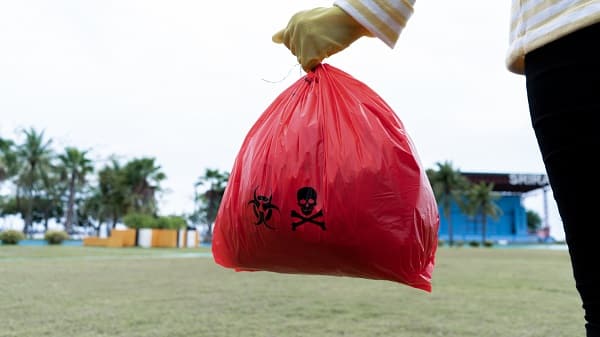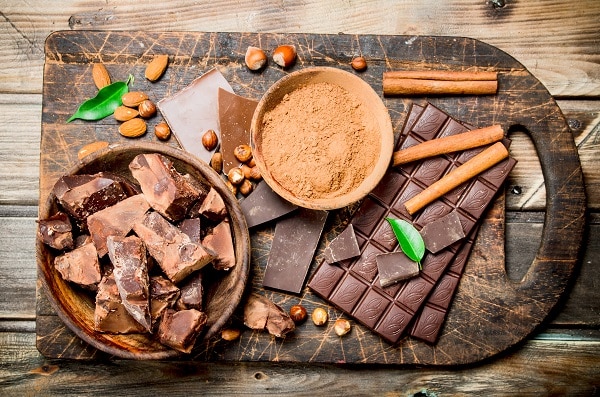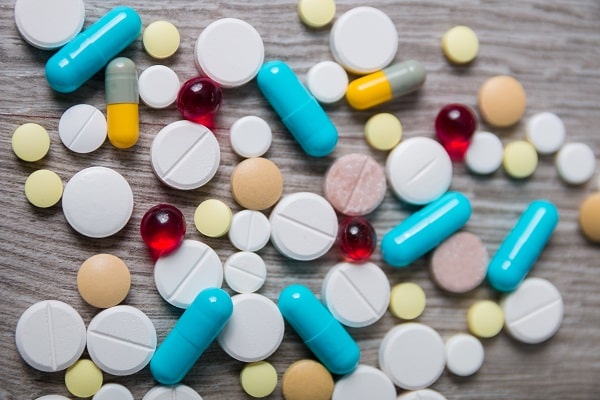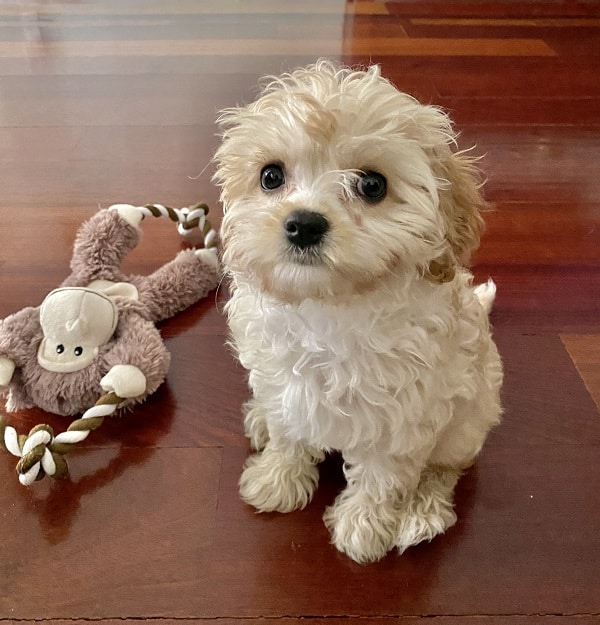In the care of beloved pets, ensuring their environment is safe is just as crucial as providing them with food and affection. However, many common household items and foods, innocuous to humans, can be dangerous, even fatal, for pets. This blog post aims to enlighten readers about these potential hazards, fostering a safe environment that contributes to the longevity and well-being of pets. Keep reading to learn more!
Contents
The Importance Of Understanding Household Hazards

Grasping the perils of everyday items for pets can act as a potent defense against accidents. This knowledge enables pet owners to avoid bringing hazardous substances into the home, to store potential threats appropriately, or to supervise their pet closely in environments that can’t be completely pet-proofed. In essence, understanding these hazards empowers owners to act proactively, reducing the risk of emergency trips to the vet due to accidental exposure or ingestion.
Unfortunately, ignorance about these hazards can lead to dire consequences. In many cases, early intervention is crucial to a successful recovery, meaning that recognizing the symptoms of poisoning or distress can make a significant difference in outcomes. Thus, a deeper understanding of the potential dangers lurking within the household can equip pet owners to identify early signs of trouble and seek prompt medical attention when needed.
Common Items That Are Hazardous To Pets

This section delves into various categories of household items, highlighting those that could jeopardize a pet’s health. Each sub-heading explores a different category, illustrating the specific risks associated with each type of item and offering practical tips for prevention and safe use.
Foods And Beverages

Many beloved human treats, such as chocolate, caffeinated drinks, and certain fruits, are poisonous to a significant number of pets. Chocolate, for instance, contains theobromine and caffeine, substances that dogs and cats process much more slowly than humans. This slow breakdown can lead to a build-up of these compounds in the animal’s system, causing symptoms that range from mild discomfort to serious illness. Similarly, caffeine — found in coffee, tea, and some soft drinks — can lead to abnormal heart rhythms, seizures, and even death in pets.
Even some healthy human foods can pose risks. Fruits like grapes and raisins have been associated with acute kidney failure in dogs, and the exact cause is still unknown. Moreover, everyday ingredients such as onions, garlic, and foods containing the sugar substitute xylitol (like certain chewing gums or baked goods) can be highly toxic to dogs and cats. Pet owners need to keep a vigilant eye on their pets when these foods are within reach and avoid feeding them scraps from the table that may contain these ingredients.
Household Plants

While houseplants can add a touch of nature to any home, pet owners must be mindful of the types of plants they choose. Several indoor and outdoor plants, such as lilies, azaleas, and sago palms, can be harmful or even deadly to pets. For example, all parts of the lily plant are considered highly toxic to cats and can lead to kidney failure if ingested. Azaleas can cause symptoms from vomiting and diarrhea to comas and potentially even death in pets.
It’s crucial, therefore, for pet owners to identify the types of plants they have in and around their homes. If a plant is recognized as potentially harmful, steps should be taken to remove it or, at the very least, to ensure it’s out of pets’ reach. When choosing new plants, a quick search or consultation with a local nursery can help identify those that are safe for pets.
Cleaning Products

Cleaning products are necessary for maintaining a clean and healthy home, but these substances can pose a significant risk to pets. Surface cleaners, bleach, laundry detergent pods, and others contain chemicals that can be harmful or deadly if ingested or, in some cases, even if simply contacted. For example, bleach can cause irritation to a pet’s skin and eyes, and if consumed, can lead to vomiting, excessive drooling, and other health issues.
The solution is not to stop cleaning but to store these products responsibly. Pet owners should ensure that cleaning supplies are kept in a secure location that pets cannot access. Additionally, alternatives to traditional cleaning products can be considered. For instance, natural, pet-friendly cleaning products are becoming increasingly popular and widely available. It’s essential to read labels carefully and choose products that are safe for all household members.
Medications

Medications, both prescription and over-the-counter varieties, can be life-threatening to pets if ingested inappropriately. For instance, pain relievers such as acetaminophen and ibuprofen, while beneficial to humans in controlling pain, can lead to severe liver damage or even kidney failure in pets. Even certain veterinary medications can cause problems if pets accidentally consume too many. Symptoms of poisoning from medications can vary widely but may include vomiting, drooling, loss of coordination, and seizures.
Storage is crucial when it comes to medications in a pet-owning household. All medicine cabinets should be securely closed, and any medications left out on countertops or tables should be put away immediately after use. Even a brief moment of access can provide a curious pet enough time to chew through a pill bottle and consume a hazardous or fatal dose.
Small Objects And Toys

Many pets, particularly young ones, explore their world with their mouths, making small household items like coins, batteries, small toys, and jewelry potential choking hazards. Besides posing a choking risk, certain items, such as batteries, can be extremely harmful if chewed open and swallowed due to the toxic substances contained within them. Similarly, small toys, especially those with button batteries or movable parts, can become lodged in a pet’s digestive system.
Keeping living spaces tidy can help mitigate these risks. Regular checks under furniture and in other hard-to-reach areas can ensure that dangerous items haven’t been overlooked. Additionally, pet owners should provide appropriate pet-safe toys and monitor playtime to ensure these toys don’t break into smaller, potentially hazardous pieces.
Certain Fabrics And Materials

Fabrics and materials, often associated with comfort and relaxation, can present unique hazards for pets. Yarn, string, or ribbons might seem like harmless playthings, but if swallowed, these can lead to dangerous blockages in a pet’s digestive system. Similarly, foam filling, often found in pet beds and plush toys, can pose a significant risk if a pet tears open the product and ingests the stuffing.
When selecting toys and bedding, pet owners should consider durability and safety as well as comfort. This might mean choosing products made from sturdy materials that won’t easily tear or break apart, or choosing toys specifically designed to be safe for pets. Regularly checking and replacing these items can also help prevent accidents before they happen.
Conclusion
In summary, pet owners bear the responsibility of ensuring the safety of their pets, and this extends to recognizing and mitigating potential hazards in the home. From choosing pet-friendly foods and plants to the conscientious storage of cleaning supplies and medications, each decision can significantly impact a pet’s well-being. It’s crucial to remember that a safe environment contributes as much to a pet’s happiness and health as love and care. Let this knowledge serve as a tool to enhance the joyful bond between pet and owner, fostering a safe and nurturing home for all.